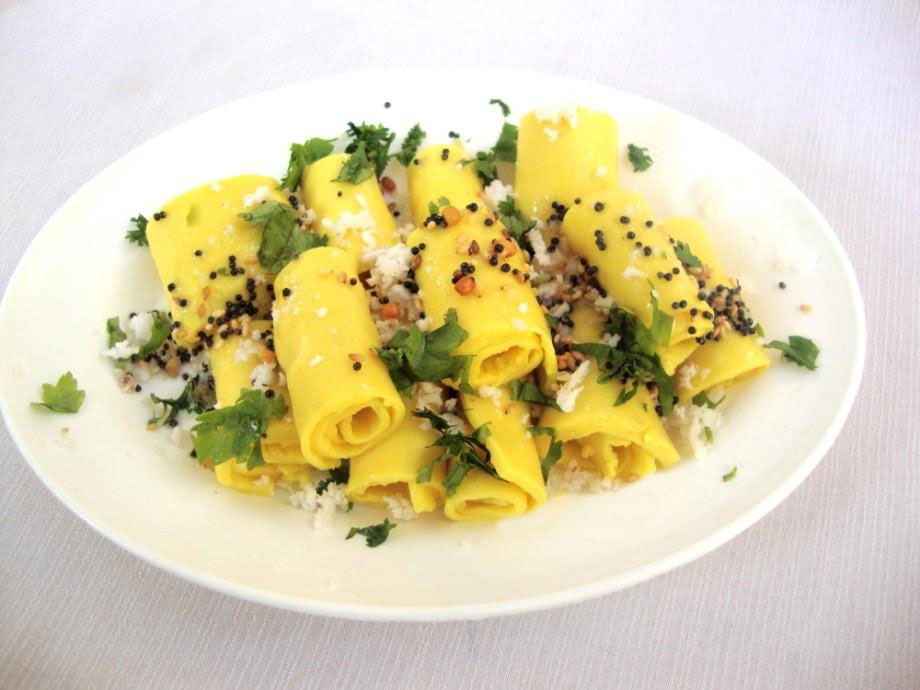Perhaps you are reading this whilst tucking into a tasty masala omelette for breakfast, a thali spread for lunch, or are just about to head on out for a slap-up meal at one of London’s best Indian brasseries. If so, spare a thought for the many Muslims all over the world currently observing the holy month of Ramadan – a month where no food or drink may pass your lips between sunrise and sunset.
As you can imagine, when the sun descends in the sky and another day of fasting comes to an end, the idea of enjoying a well deserved evening meal becomes a top priority. This meal is known as iftar and preparations for breaking the fast can begin several hours before – both in family kitchens and in the street-side stalls that India is famous for.
Preferences for iftar differ according to region in India, but the meal often begins with water and sweet dates. Hyderabad, a state renowned for its penchant for rich and meaty dishes, favours Haleem – a spiced stew, thickened with lentils and pounded wheat. Kerala, with its golden coastlines, prefers a rice porridge known as kanji – a wholesome and filling dish, often served with bhajjis and vada.
However, a welcome iftari treat, no matter where you might be in India, are the different and delicious types of chaat that are served up by roadside vendors and street stalls all over the country.

The Indian state of Gujarat, has a high Muslim population. Consequently, the cuisine offers a list of delicious street snacks, ideal for iftar during Ramadan.
- Seekh kebabs
Originally from Pakistan, this succulent kebab is created from ground meat that is expertly spiced, threaded onto skewers and cooked on a high heat in a Tandoor oven. Seekh kebabs can be served with warm, Indian flatbread as well as spicy chutneys and a soothing, mint dip.
- Keema samosa
These little, golden parcels of delight are popular all over the world and are one of the most iconic street snacks in Indian cuisine. A triangular pastry, filled with the spiced mined meat keema and seasoned with chunks of potato and vegetables, is just the sort of treat to look forward to after a successful day of fasting.
- Chicken dana
Also dubbed with the dubious nickname ‘chicken lollipops’, chicken dana involves tender chunks of chicken being marinated in a thick, spiced, yoghurt paste. The chicken pieces are threaded onto skewers and cooked in the Tandoor. Serve with a spicy chutney for a little extra heat or a light salad of chopped tomato, onion and cucmber.
- Rumali roti
Rotis are one of the most popular flatbreads of India and are renowned for working exceptionally well with Tandoori dishes. The name rumali is reminiscent of the Indian word for ‘handkerchief’ reflecting the paper thin consistency of the bread and the way it is served (folded up into neat triangles). In the days of the Mughal court, it is believed that rotis of this description were used to mop up the juices from the succulent meat dishes that were dripping with fat and ghee.
- Sevai
Sevai ki kheer is actually a popular dish at Eid, once the fasting period is over. But as a sweet reward for those craving sugar during their month of moderation, this vermicelli dish, flavoured with jaggery, milk and dried fruit and nuts, can’t fail to satisfy.

